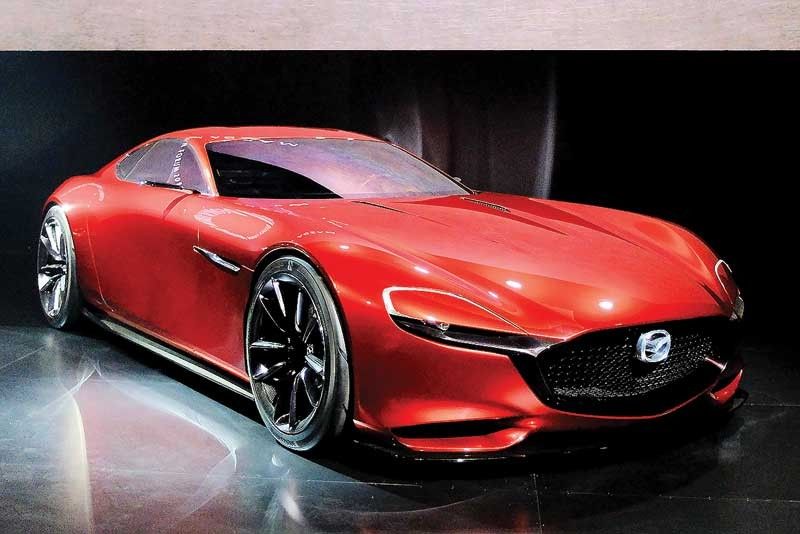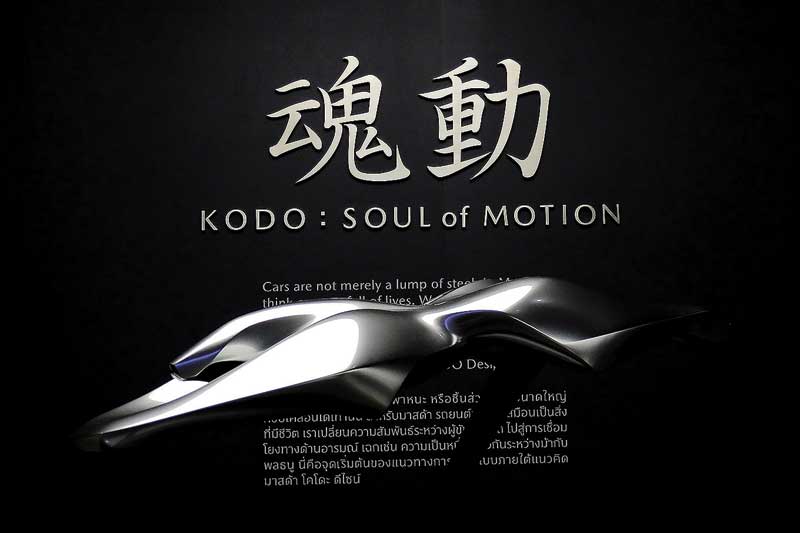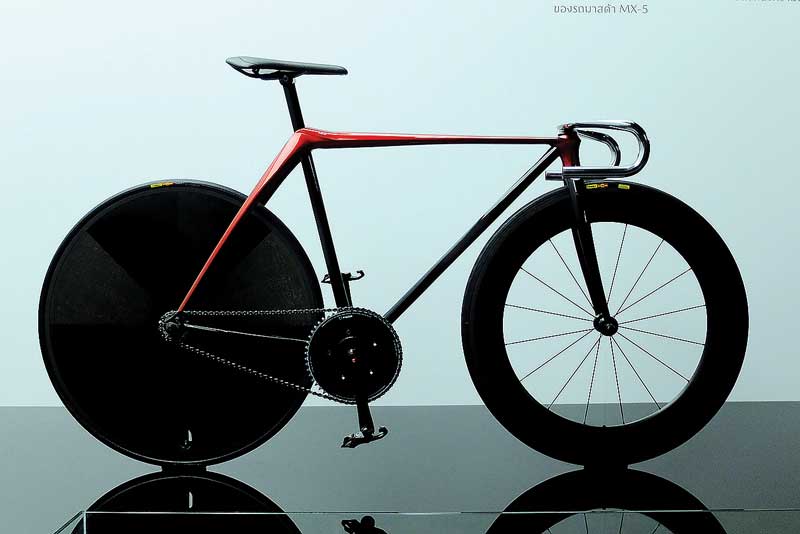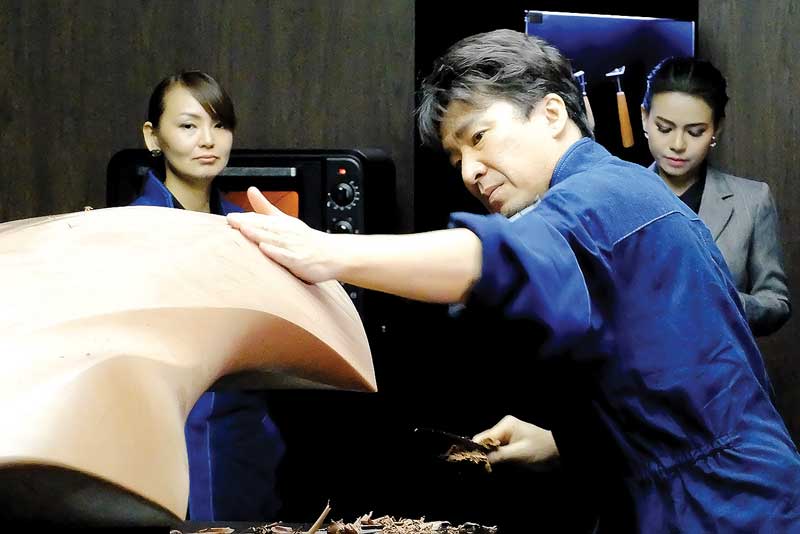Mazda wants to inspire people with design

Mazda’s decision to put evocative design as one of its cornerstones has paid off. Their KODO: Soul of Motion, together with Skyactiv technology and Jinba-ittai, has enabled them to grow 50 percent in terms of retail sales in the ASEAN region in the past four years. Given the brand’s meteoric rise, everyone is excited with what comes next.
As a response, Mazda formulated its Sustainable Zoom-Zoom 2030 long-term vision. In it are three key targets: “To contribute to society,” “To contribute to the earth,” and “To inspire people.” The last one — to inspire people — holds the key to where Mazda will take their design next.
The current KODO: Soul of Motion design, seen in everything from the Mazda2 to the MX-5, brings life to a car thanks to imbuing it with a sense of speed. Starting with a Goshintai or an object of worship — a sculpture that holds KODO in its purist form first, designers and craftsmen only then proceed to work on what eventually ends up being a production car.

Yasushi Nakamuta, general manager of Mazda Design Division now says that the company is veering away from simply providing an aesthetic of motion. “Every carmaker can now make a design look dynamic. Knowing that design is very important to Mazda, we sought to challenge ourselves and come up with styling that is hard to mimic.”
In order to achieve this, Mazda has taken inspiration from traditional Japanese aesthetic, or more specifically, its underlying simplicity. Thus, KODO’s second phase works to trim back elements until the design achieved is powerful. Nakamuta-san likens this to Yohaku or the beauty of empty space. It’s a philosophy that ties to traditional Buddhist teachings that don’t see emptiness as a lack. Instead, it’s understood as an energetic field of infinite potentiality. It’s this potentiality what brings energy to the use of the empty space, contributing to the object’s structure, balance and definition.

From the one-motion form of the evolved KODO design, Nakamuta-san and his team also used the empty space to achieve the interplay of light and shadow, giving life to the Japanese term Utsuroi or the changing of life. “Admittedly, this is the most difficult to do right,” he says. “It took the Advance Design Studio two years and 10 clay models just to get it right. And while we still used the traditional clay modeling made by our Takumi (master craftsmen), we had to augment this with digital modeling as well to make sure we got the effect we wanted.”
The result is the stunning RX-Vision and Vision Coupe — two concept vehicles which serve as two of the most visible signs of where Mazda’s design is headed. The first, finished in Soul Red Crystal and embodies En or strength, serves as the design peg for sportier models. The other, finished in Machine Gray Metallic and embodies Rin or dignity, is the peg for more elegant, luxury-oriented models.

Mazda’s decision to put Japanese aesthetic front-and-center to their design comes at a time when Takumi, who make things like lacquerware, pottery, and sculptures are starting to disappear — a victim perhaps of today’s trend of maximizing efficiency in every way. However, because Mazda opts instead to deepen the bond between man and machine, they see a parallelism with these master craftsmen, who sometimes spend half a year to create a piece of art. Just as these artisans breathe spirit in the countless hours of work on a single object, Mazda designers and engineers do the same in every car they make.

- Latest

























